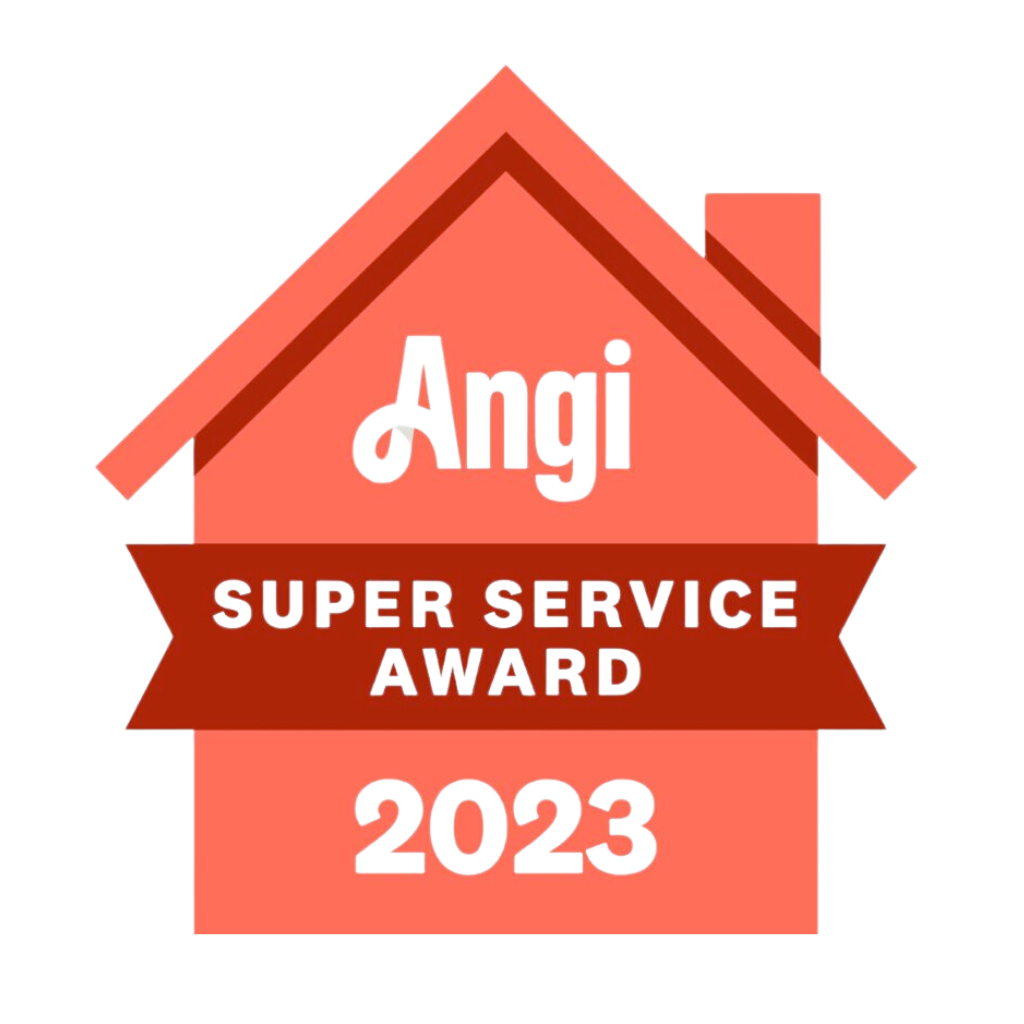It happens to the best of us – clogged drains. A clogged drain is a common plumbing issue that can happen to any home in our kitchen and bathroom drains. Especially during the Thanksgiving holiday, we see more clogged drain issues because of all the traffic coming in and out of our homes. Before you call a pro, there are steps and ways on how to unclog a drain and prevent it from happening again
DIY fixes for a clogged drain can be a good first step, like when the clog is minor, there’s no water backup, you have the basic tools and supplies, the clog is localized, and you’re comfortable with the method. But sometimes, calling an expert like the ones at Logan Services to know how to unclog a drain is the way to go. If the clog is severe, if there’s a sewer line issue, if DIY didn’t work, or if you’re dealing with chemicals you’ll want to call a plumber to come out and take a look.
Why Drains Get Clogged
Clogs don’t just appear out of nowhere. The way we use our kitchen and bathroom drains plays a big role. Here’s a breakdown of common culprits and how they cause problems:
- Hair: Accumulates in showers and sinks, forming stubborn clumps with soap scum.
- Grease & Oil: Leftover cooking grease and cooking oil solidifies in your pipes, eventually creating sticky buildups.
- Food Particles: Food waste like celery and potato peels can easily clog drains.
- Soap Scum: Hard water combines with soap to form residue that narrows pipes.
- Foreign Objects: Wipes, paper towels, and hygiene products cause major blockages.
- Mineral Deposits: Hard water leaves behind calcium and magnesium that restrict flow.
- Improper Pipe Installation: Incorrect slopes or misaligned pipes can lead to clogs.
- Aging Pipes: Over time, pipes may corrode or collapse, obstructing flow.
Understanding Your Drains
Kitchen and bathroom drains are designed differently, so they face unique challenges. Knowing how they work can help you maintain them better.
Kitchen Drains
- Handle food particles, grease, and liquids.
- Often connected to a garbage disposal and dishwasher.
Bathroom Drains
- Handle water from sinks, showers, and tubs.
- Deal with hair, soap residue, and personal care product waste.
With kitchen drains, grease buildup is a frequent issue, while bathroom drains often struggle with hair clogs. Tailoring your maintenance approach to each type can help prevent problems.
DIY Tools and Safety Tips
If you’re ready to know how to unclog a drain yourself, make sure you have the right tools and follow these safety guidelines:
Essential Tools
- Plunger: Works for sinks, tubs, and toilets by creating suction to dislodge clogs.
- Drain Snake: A flexible tool for pulling out hair or food deeper in the pipe.
- Baking Soda & Vinegar: An eco-friendly solution for minor blockages.
Safety Tips
- Turn Off the Water Supply: Prevent flooding if water is backing up.
- Wear Gloves & Goggles: Protect yourself from grime and chemicals.
- Use Tools Carefully: Don’t force equipment into pipes—it could cause damage.
- Avoid Mixing Chemicals: Combining different cleaners can create dangerous fumes.
7 Effective Methods for Unclogging a Drain
1. Boiling Water

Pour boiling water slowly down the drain in stages. This can dissolve grease and soap residue. It works best for metal or ceramic pipes but may damage PVC if overused.
2. Baking Soda & Vinegar

Pour ½ cup of baking soda followed by ½ cup of vinegar down the drain. Let the mixture fizz for 15-30 minutes, then flush with hot water. This natural reaction is great for minor clogs.
3. Plunging

Place a plunger over the drain to create a seal and pump up and down firmly. It’s simple, effective, and chemical-free.
4. Drain Snake

Insert the snake into the pipe, twist it to grab debris, and pull it out. This is ideal for hair clogs in bathroom drains or food buildup in kitchen sinks.
5. Clean the P-Trap

The P-trap (the curved pipe under your sink) often collects debris.
- Prepare: Place a bucket underneath to catch water.
- Disassemble: Loosen the nuts, remove the P-trap, and empty its contents.
- Clean: Scrub it thoroughly, rinse it, and reassemble.
6. Chemical Drain Cleaner (With Caution)

As a last resort, use a commercial cleaner. These are strong and can damage pipes if overused, so follow the instructions carefully.
7. Call a Professional
When all else fails—or if you’re dealing with recurring clogs, sewage backup, or multiple slow drains — it’s time to call in the pros. Contact Logan Services for help today!
Preventing Future Clogs
Avoiding clogs is easier than fixing them. Adopting these simple habits can keep your drains running smoothly:
- Use Drain Strainers: Catch hair and food debris before it goes down the drain.
- Dispose of Grease Properly: Let it cool, then throw it in the trash.
- Flush Drains Weekly: Pour hot water down the drain to dissolve minor buildup.
- Avoid Problem Items: Only flush toilet paper—no wipes, hygiene products, or fibrous foods.
- Clean P-Traps Regularly: A quick cleaning every 6-12 months prevents buildup.
When to Call Logan Services
If a clogged drain is causing you stress, don’t hesitate to reach out to your local plumbing professionals. At Logan Services, we’re here to help with expert solutions tailored to your home. Whether it’s a persistent clog or a bigger plumbing concern, our team is just a call away.
We are residential plumbing experts who know just how to unclog a drain. Let us take the hassle out of your plumbing problems — request a FREE estimate from Logan Services today!





















